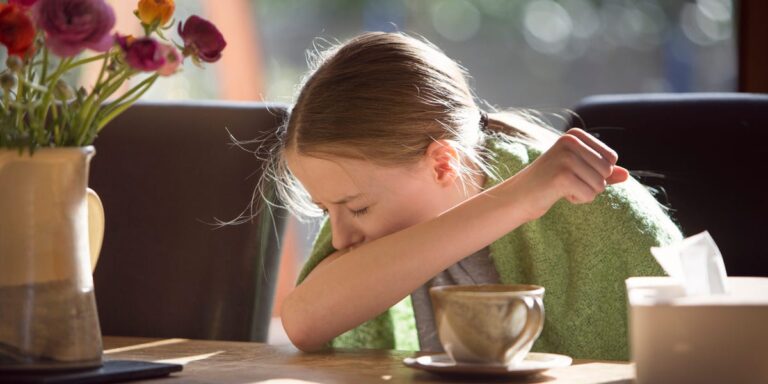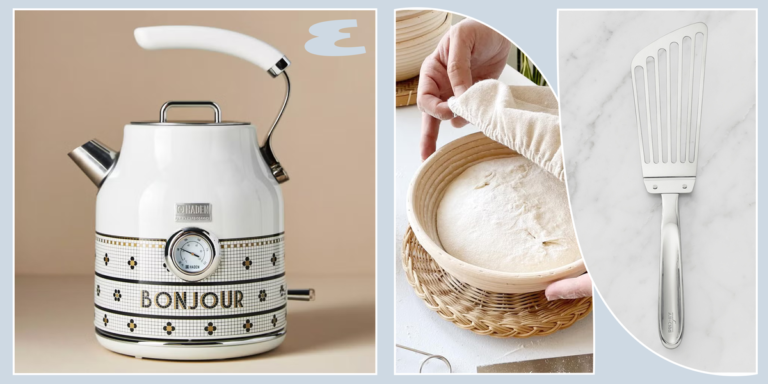Combat Election Anxiety: Find Peace in Cooking Pasta
Cooking Pasta: Your Secret Weapon Against Election Anxiety
As election season rolls around, there’s a palpable tension in the air. With heated debates, anxious discussions, and social media mayhem, it’s no wonder many of us feel overwhelmed by election anxiety. But what if I told you that one of the best ways to combat those anxious feelings is right in your kitchen? Yes, cooking pasta—a simple, rewarding activity—can serve as a surprisingly effective method to find peace amidst the political storm. Let’s dive into how whipping up a delicious pasta dish can soothe your mind and brighten your day.
Why Cooking is Therapeutic
Ever notice how the act of cooking can transport you to another place? It’s like a mini-vacation from the outside chaos. While the world tunes in to the latest political scandal, you can transform your kitchen into a sanctuary. Here’s why cooking, and specifically cooking pasta, can be so beneficial for your mental state:
Engaging Your Senses
When you cook, all your senses come into play—sight, smell, taste, touch, and even sound. The vibrant colors of fresh ingredients, the inviting aroma of garlic sautéing in olive oil, the satisfying sounds of bubbling water—these sensory experiences can help distract your mind from whatever is causing you stress.
Mindfulness in Motion
Cooking requires a level of focus that can pull you out of your head and into the present moment. Have you ever chopped vegetables and felt that rhythmic cadence? It’s a form of meditation! When you measure, stir, and sauté, you’re fully engaged in the task, allowing worries about elections to drift away.
The Satisfaction of Creation
There’s an undeniable satisfaction that comes from creating something delicious from scratch. You get to be the artist and the critic—no gallery needed! The rewards of your efforts culminate in a plate of pasta that you crafted with your own hands. There’s a deep sense of accomplishment, and who doesn’t love a good meal after some hard work?
The Versatile World of Pasta
Now that we understand the therapeutic benefits of cooking, let’s delve into pasta. This beloved staple boasts the flexibility to cater to any mood, dietary restriction, or culinary whim. Here are a few styles to consider:
Classic Pasta Dishes
Whether it’s a comforting Spaghetti Aglio e Olio with just olive oil and garlic or a heavy-duty Lasagna layered with cheese, meat, and sauce, classic dishes never fail to deliver both nostalgia and satisfaction.
Adventurous Variations
Feeling a bit bold? Why not try your hand at making homemade ravioli or gnocchi? These dishes may require a little more effort, but the payoff is huge. Plus, they provide a sense of novelty and fun to your cooking experience. Involving friends or family in the process can turn it into a fun activity!
Healthy Alternatives
Perhaps you want to stay on the healthy side of things? Try switching out traditional wheat pasta for alternatives like zucchini noodles or whole grain penne. Pair them with a light tomato sauce or a refreshing pesto, and you’ve got a meal that feels good inside and out.
Global Inspired Dishes
Rotating your pasta game can also mean infusing your dishes with global flavors! Think Pasta alla Puttanesca with its bold combination of tomatoes, olives, and capers, or a creamy Fettuccine Alfredo with a hint of nutmeg—both can transport you to Italy without leaving your kitchen.
How to Get Started: A Simple Pasta Recipe
Ready to dive into your pasta-making journey? Here’s a straightforward recipe to get you started. It’s not just tasty; it’s the perfect antidote to your election blues.
Ingredients
- 200g of Pasta (spaghetti, penne—your choice)
- 2 tbsp of Olive Oil
- 2 Garlic Cloves (minced)
- 1 can of Chopped Tomatoes
- Salt and Pepper to taste
- Fresh Basil (optional)
- Parmesan Cheese (for serving)
Instructions
-
Boil the Pasta: Bring a large pot of salted water to a boil and cook your pasta according to package instructions until al dente. Remember to reserve a cup of pasta water before draining!
-
Sauté the Garlic: In a large pan, heat olive oil over medium heat. Add the minced garlic and sauté until golden brown (keep an eye on it—burnt garlic is a no-go).
-
Add Tomatoes: Pour in the chopped tomatoes and let it simmer for about 10 minutes. Season with salt and pepper. If you’re feeling fancy, add a splash of pasta water to create a saucier dish.
-
Combine: Toss the drained pasta into the sauce, mixing thoroughly to combine. If needed, add more pasta water to reach your desired consistency.
-
Garnish: Serve with fresh basil and a sprinkle of Parmesan cheese.
Take a Moment
Now, while you eat, try this: be mindful. Savor each bite. Enjoy the flavors, and let go of any tension. It might feel small, but taking this moment for yourself is incredibly powerful.
Turning Cooking into a Routine
If you find that cooking pasta eases your anxiety, why not turn it into a regular practice?
-
Set a Weekly ‘Pasta Night’: Designate one night a week as your personal pasta night. You’ll have something to look forward to, and it can become a cherished routine.
-
Experiment with Ingredients: Keep changing your ingredients to keep things fresh. Perhaps throw in seasonal vegetables or try out new sauces!
-
Invite Others: Cooking can be even more fulfilling when shared. Invite friends for a pasta-making night, and have fun while you support each other through the ever-changing political landscape.
Conclusion
In a world filled with uncertainty, finding peace in everyday activities can feel like an uphill battle. But cooking pasta not only serves as a delightful distraction from election anxiety but also allows you to engage your senses, practice mindfulness, and enjoy culinary creativity. So, when the political noise gets too overwhelming, head to the kitchen, put on some music, and let your troubles simmer away with a pot of pasta. Remember, in the grand spaghetti bowl of life, sometimes all you need is a fork and a little bit of sauce to make everything better.
FAQs
1. Can cooking really help with anxiety?
Absolutely! Cooking can serve as a therapeutic activity, allowing you to focus on the task at hand and divert your mind from stressors.
2. What types of pasta are healthiest?
Whole grain pasta and those made from legumes (like chickpea pasta) are great alternatives that offer more fiber and nutrients.
3. How often should I cook to see mental health benefits?
Even cooking once a week can be beneficial. The key is to make it a pleasurable experience rather than a chore.
4. What if I don’t have time to cook pasta?
Start with quick pasta recipes that can be made in under 30 minutes. You can also prepare ingredients in advance for easy access.
5. Can I make pasta without traditional flour?
Yes! You can make pasta from a variety of ingredients, including zucchini, chickpeas, or almond flour, to cater to gluten-free diets.







